Spatial reasoning deserves a thought for this post, I thought.
The comments-section is there for readers who would like to share their opinions, or disagree with posts that I imagined were a good idea at the time. But that’s something for another post!
For now, let’s talk about spatial reasoning and bridge.
Bridge develops spatial reasoning, and spatial reasoning develops bridge.
When you can rely on spatial reasoning, it becomes easier to see the board. Instead of just looking at a two-dimensional image of a flat table, you can put yourself right in the game and have a better view of the cards.
What makes television shows like The Queen’s Gambit or Yu-Gi-Oh! stand out?
Depictions of board games and player visualisations are extra visual. For The Queen’s Gambit, pieces moved about on the roof while viewers were looking on. For Yu-Gi-Oh!, a field driven by fictional software throws depictions of the cards that battle it out.
Spatial reasoning – like the chess games on the roof – isn’t just a cool movie trick. It’s a way of thinking that most bridge players can benefit from learning how to do.
Developing spatial reasoning
Basically, spatial reasoning gives us the ability to imagine what’s there (versus not). See the board, see the pieces, see the moves, and all just by imagining it with visual cues.
But it’s not easy. I don’t want to imply that it is!
If you’ve ever tried to picture a clock, you’ll notice that picturing details like the numbers (and keeping them there) is more difficult. It’s the point where your brain plays tricks with the image.
Try to picture anything at all, and your brain will naturally distract. At the start of learning how to better your spatial reasoning skills, you’ll see a lot of this. Within meditation, this is accepted as part of learning how to focus.
How do you stop distraction?

Imagining simpler things (at first)
Meditation focuses on small, simple things like a mantra or the flickering of a candle. That’s because it can be easier for the mind to do so – and certainly, to start out with.
How long can you picture 3 cards, before a fuller hand?
If you start with trying to imagine 13 cards or a full chess board, you might be discouraged when there’s no reason to be. It gets easier… Eventually.
Adding music to the space

Spatial reasoning isn’t just great for the board, but also applies to picturing other things. Music and spatial reasoning are intrinsically linked. Can you tell where I’m going with this?
Develop spatial reasoning by listening to music. Can you identify the instruments – and can you guess at whether they were playing in a room, or a hall? Hearing subtle differences in various recordings naturally develops spatial reasoning that can help you at the board.
If your parents didn’t get you Baby Mozart tapes, it’s never too late to start.
How do you practice your spatial reasoning skills in preparation for the board?
